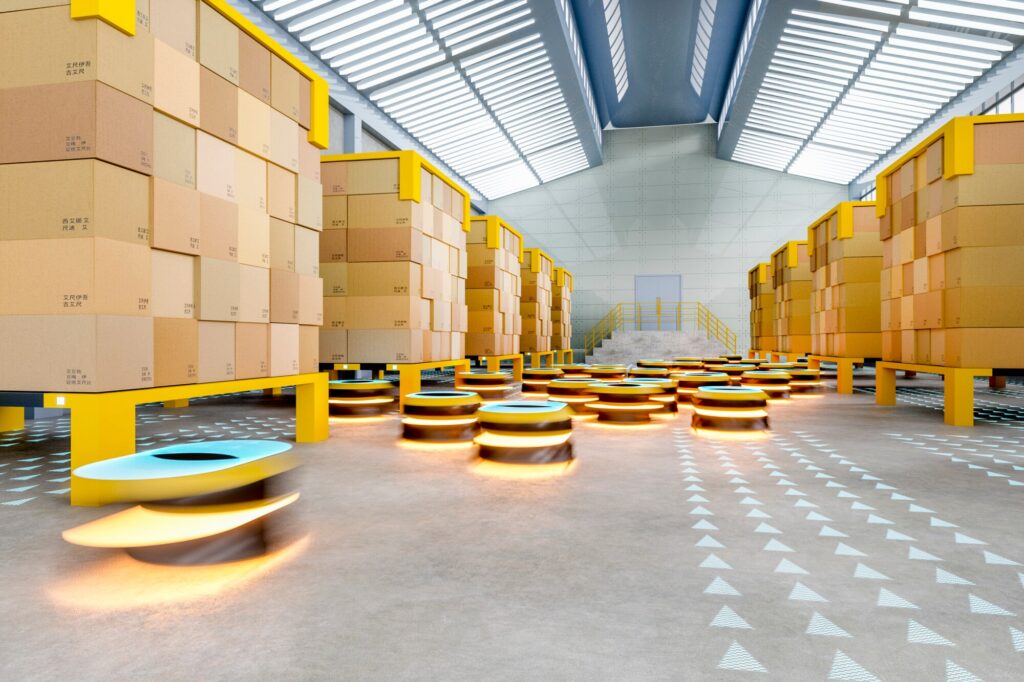
When a huge ship became wedged in the Suez Canal in March 2021, it almost felt like a moment of light relief. In a world grown weary of an endless news cycle focused on the pandemic, there seemed something slightly comical about the situation. But once the initial flurry of amusing memes and talk show quips had subsided, it was clear that there was a serious supply chain crisis brewing—the effects of which continued long after the Ever Given cargo ship was freed.
The German insurer Allianz claimed at the time that the incident may have cost global trade $6 billion to $10 billion a week, while the business press reported shipping still suffering ramifications a month after the event.
Many see this as a “black swan event”—unusual and unlikely to be repeated—but others suggest that it could accelerate autonomous shipping innovation. Because if an autonomous system had been on board the Ever Given, the situation could have been avoided.
The system would have continuously measured the change in the depth of the canal, calibrated the ship’s proximity to the shore and cross-referenced that against the prevailing wind speed and direction. It would have dynamically changed the ship’s course without human intervention and prevented the incident. According to Mikael Mäkinen, President of Rolls-Royce’s Marine business, “Autonomous shipping is the future of the maritime industry.”
But it’s about more than big boats. Across industries and societies, autonomous systems are going to make lives safer, more productive and more efficient.
What is the socio-economic value of autonomous systems?
Work is already underway to use autonomous systems to help address the early 21st century megatrends—climate change, growing inequality and digitalization—and enable industrial productivity and human wellbeing.
Autonomous systems can be used for multi-sensory industrial IoT tracking. They can run low-carbon public transport and factory production lines and manage efficient power consumption in cities. They can ensure sustainable practices in agriculture and food production and avoid environmentally damaging land use while increasing productivity per hectare. They can also be used to support health and eldercare in countries that have aging populations and fill skills gaps in the digital economy.
What is autonomous transportation?
Some of the early use cases for autonomous systems can be seen in other transportation sectors. Semi-autonomous cars are already on the market and autonomous cars are being tested by major car companies, as well as Google, Intel and Uber.
These systems will have the ability to respond in real-time to changing road and weather conditions and traffic diversions. They’ll monitor and manage the performance of the engine and onboard systems and reroute the vehicle if maintenance is required. When there is a delay, these systems will interact with other systems and ensure a replacement vehicle is ready or a restaurant/accommodation is booked. According to car manufacturer Daimler, by anticipating issues, these systems can make driving safer, more energy-efficient and less stressful.
What is autonomous manufacturing?
Manufacturing and logistics are early adopter industries. In supply chain and warehouse processes, the logistics can be automated and adjusted according to production and delivery needs, bringing additional safety and efficiency benefits. When autonomous systems are deployed, predictability and process stability increase; buying, selling and logistics are optimized; error rates decrease; and sorting, picking, and storing times of inventories are minimized. Many of these benefits can already be seen in Nokia’s Conscious Factory in Oulu.
What’s next for autonomous systems?
Once autonomous systems are determining decisions and actions, the number of parameters increases and the logic, causes and consequences of decision making become more complex. It’s important to understand how to ensure the transparency, safety, legal responsibilities and ethics of machine-based decision making.
No matter how well we build and program systems, failures will occur. That could mean an autonomous vehicle crashes into a static object or causes an accident or fatalities.
Safety goes hand in hand with legal responsibility. If the car crashes, who is responsible? Is it the human driver, the car manufacturer, the software developer, the AI, or the network connection? When human life is dependent on decisions made by machines, who takes on the insurance risk? These legal responsibilities must be addressed before wide adoption can occur.
This relates to the ethics of AI. If an autonomous system uses learning algorithms to ensure the best outcomes, how do they determine the concepts of “best” or “right”? Responsible usage of technology and data, ethics of AI and share of responsibilities are questions that must be considered. Standards are needed to ensure that different systems can integrate and communicate with each other and add value to each other.
Autonomous systems should only be used for the system they were designed for to avoid misuse and checked to identify negative impacts on individuals or communities. And as the future of work, and humans’ place within it changes, policymakers must ensure that legislation covers machines and the software and algorithms that drive them. Above all, humans must remain in control of and benefit from machines.
In the longer term, autonomous systems have the potential to help businesses go beyond producing goods and services. The EU has identified an Industry 5.0 research and innovation project that focuses on the shared value business model. The well-being of the worker is at the center of the production process and it uses new technologies, like 5G and other digital technologies, in new jobs while “linking planetary boundaries to business”.
While technological pivots are rarely shaped by one event, perhaps future historians will look back at the Suez blockage as a bellwether for the rise of autonomous systems. Because there’s a seismic shift underway—and communications technology is making it happen.